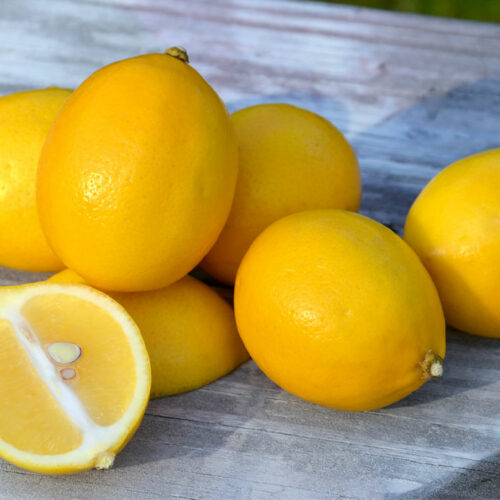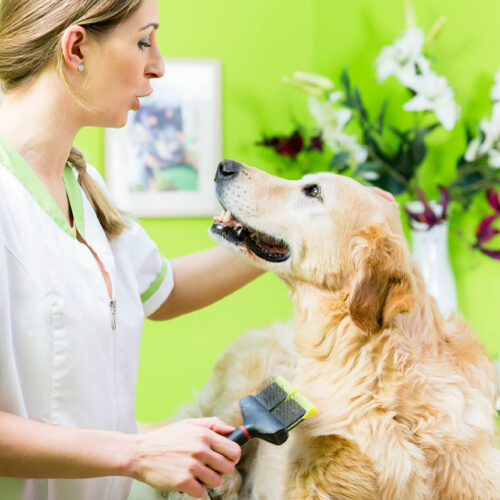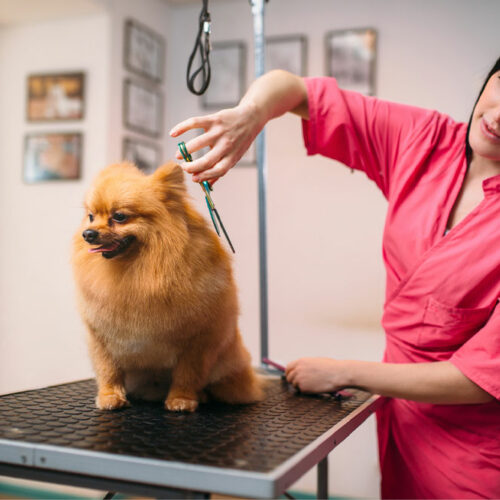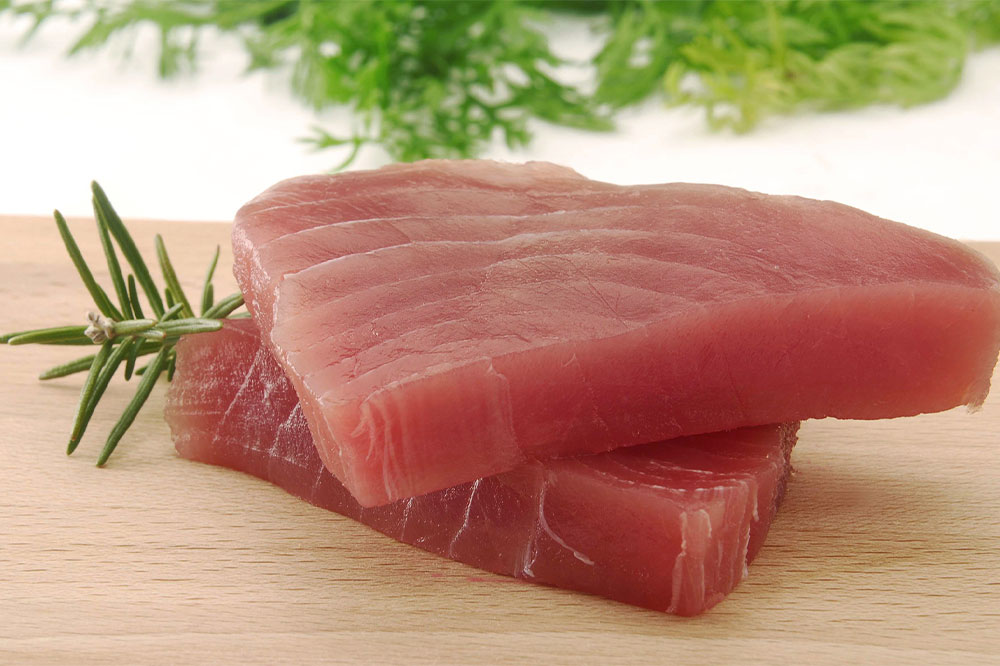14 ingredients for managing flea and tick infestations in dogs

Managing tick and flea infestations in dogs is vital to ensuring their well-being. Here, home-based tick and flea repellents can be a gentle and cost-effective alternative to harsh chemical products commonly used to kill pests. Some at-home ingredients and products can help keep pests at bay without harming dogs or their surroundings. So, here are a few readily available kitchen ingredients that can help in getting rid of ticks and fleas living on dogs: 1. Apple cider vinegar ACV is a versatile remedy considered safe to be applied on dogs. Its acidic nature can create an unwelcome environment for ticks and fleas. Here, one can mix equal parts ACV and water in a spray bottle and gently mist the dog’s fur, avoiding sensitive areas like the eyes. This solution not only repels pests but also alleviates skin irritation while giving the dog a healthy, shiny coat. 2. Coconut oil Popular for its moisturizing properties, coconut oil can be a handy kitchen ingredient for tackling tick and flea infestations. Rich in lauric acid, coconut oil can be used topically on a dog’s coat to keep pests at bay or added to the pet’s meals to boost their skin health. So, the oil can repel pests and fortify the skin.






